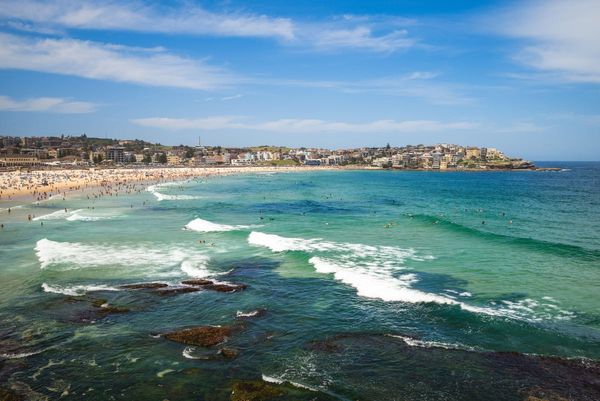
Brumby-trampled mossy wetlands in the Australian Alps are releasing more carbon dioxide into the atmosphere than those undisturbed by feral horses, a study shows.
Researchers from RMIT University measured carbon dioxide emissions in 12 alpine and subalpine peatlands in NSW's Kosciuszko National Park.
Peatlands are a type of mossy wetland characterised by carbon-rich soil formed when plants partially decompose in wet and swampy conditions.
The ecosystems capture carbon in their live moss layer and store it below the soil.
The study, published in the Journal of Environmental Management, found carbon dioxide emissions were significantly higher at sites degraded by feral horses compared to ones without their presence.
Lead author and postdoctoral researcher Sarah Treby said the study was the first to explore how degradation caused by feral horses impacts carbon cycling in Australian alpine and subalpine moss peatlands.
"Previous research has shown feral horses contribute to biodiversity loss and environmental degradation," Dr Treby said.
"We found equal evidence of other large feral herbivores between the horse-present/horse-absent sites, so we know that differences in carbon emissions and site condition cannot be attributed to deer or pigs.
"The evidence suggests the damage resulting from horse grazing and trampling could have negative consequences for the long-term carbon storage of affected peatlands."

Peatlands store an estimated 30 per cent of the world's soil carbon despite only covering three per cent of its surface.
It equates to twice the amount of carbon stored in every forest across the globe.
Sites where feral horses were present also had poorer water and soil quality, the researchers said.
Study co-author and soil scientist Samantha Grover noted horses and other large grazing animals such as sheep and cows were damaging to Australian ecosystems because of their hooves.
"Our native wildlife have large, soft feet, and our plants and soils are easily damaged by hard hooves," Dr Grover said.
"Hard-hooved animals damage soils by trampling and compaction, which can lead to erosion, reduced infiltration of water and loss of high-carbon, high-fertility topsoil."
The NSW government last month announced brumbies would be shot from the air in the Australian Alps for the first time in years.
State Environment Minister Penny Sharpe said the changed approach in Kosciuszko National Park was essential to protect threatened species and pristine ecosystems.
Feral horse numbers in the national park jumped 30 per cent to more than 18,000 from spring 2020 to spring 2022.







